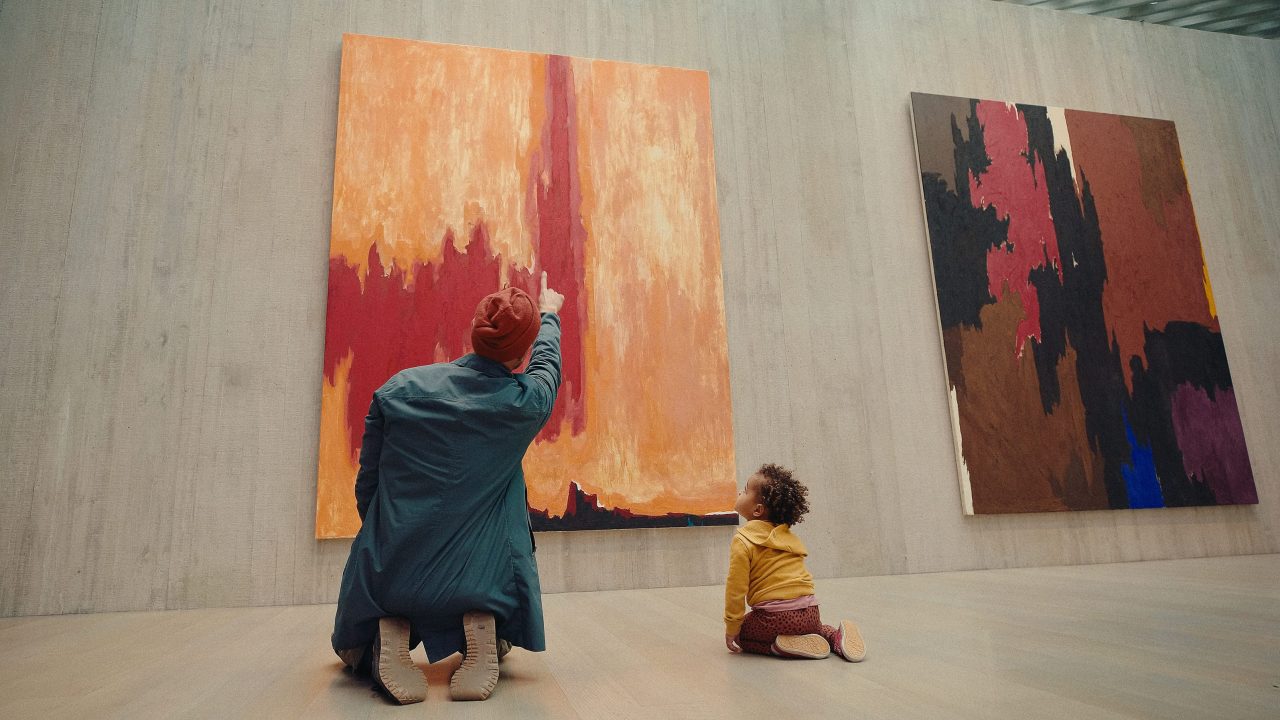
Caitlin Mock Wilson, a mother of two young children and a Clyfford Still Museum (CSM) member, often went to museums with her parents as a young child. When she had her own children, she said it “felt natural” that she would also bring them to museums. However, the first time she invited her friends to CSM with their young children, they responded, “Wait, what? We’re going to take all of our loud toddlers to a modern art museum?” Caitlin’s response was powerful and concise: “You know, they have a right to be there, too.”
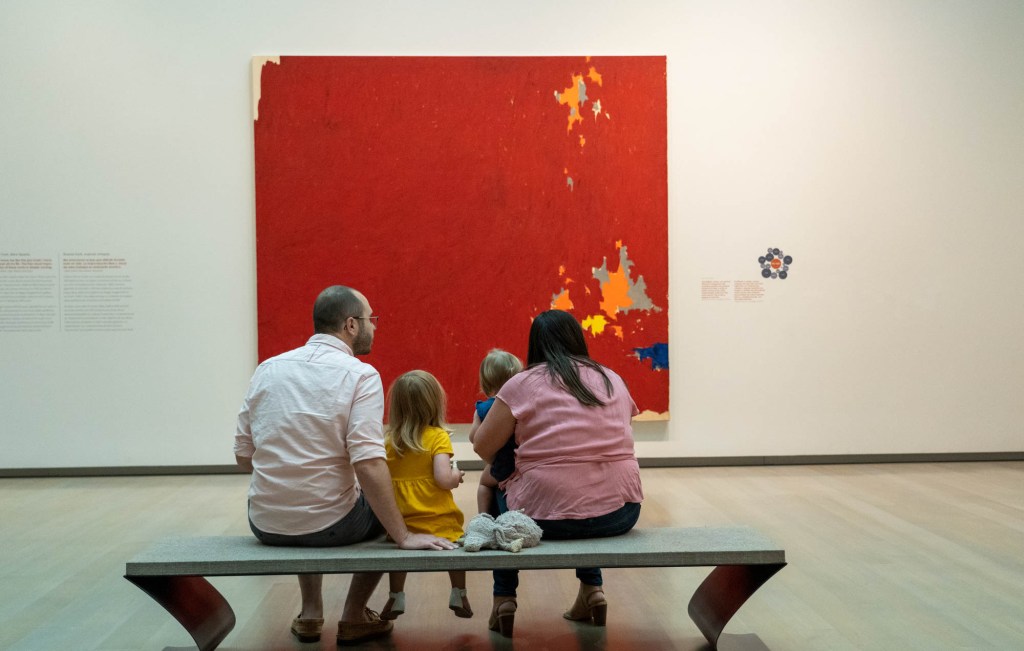
Caitlin is right. And we, as museum professionals, should know that children have a right to enjoy museums as much as adults do. Although many museums have sought to become more family-friendly in response to the research on the benefits of early exposure to their spaces, Caitlin’s friends’ skepticism about how welcoming they are to children remains valid.
At CSM, we began our own journey to become more family-friendly almost four years ago. Opened in 2011, the museum is a single-artist institution dedicated to the life and art of American abstract expressionist artist Clyfford Still. In its early years, the museum was focused on processing the enormous collection Still left in his will, which consists of 93 percent of everything he made over the course of his sixty-year career. Meanwhile, CSM’s education department worked to establish inStill, a school program designed for fourth to twelfth grade students. But in 2018, after celebrating its seventh anniversary and earning accreditation from the American Alliance of Museums, CSM set its sights on new audiences. The staff was growing, and so were our ambitions to engage with our community.
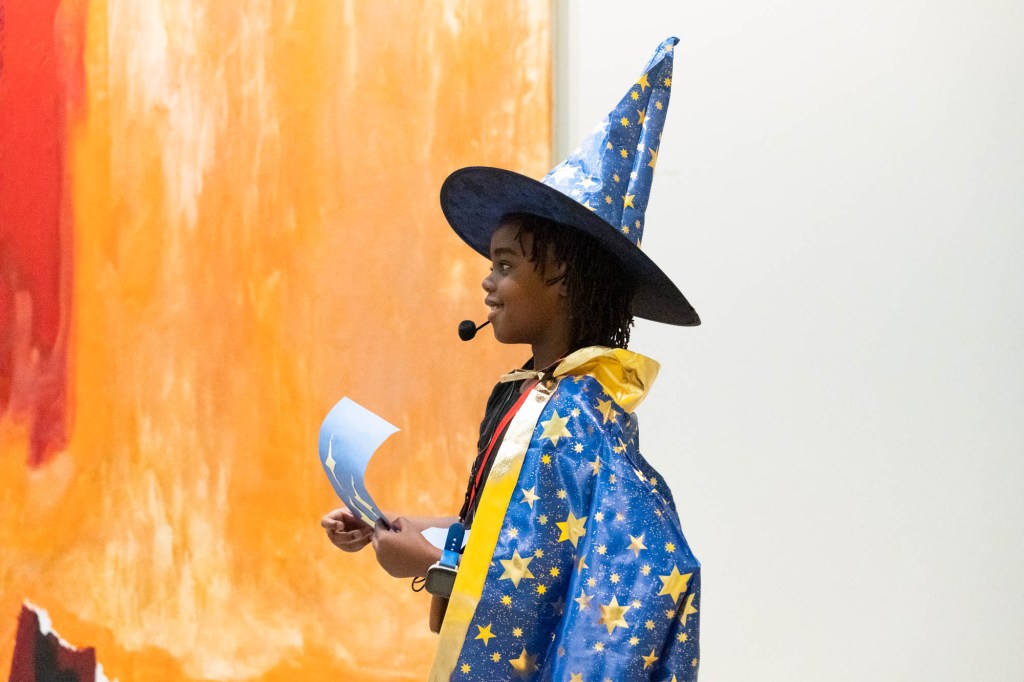
As we thought about where to focus our efforts, we identified young children as an audience often overlooked by museums. We were influenced by scholars like Sharon Shaffer, whose pioneering work at the Smithsonian Early Enrichment Center and subsequent writings have shifted countless professionals’ views on what children are capable of in museum spaces, and Kathy Danko-McGhee, whose research on the aesthetic preferences of children and their appreciation for abstraction, in particular, revealed many potential connections between our collection and the young children in our community. But even with this compelling research and the strength of our convictions, we knew that changing our museum’s culture to the point that children were equally engaged and valued as adults would be challenging.
The best way to begin, we decided, was to hear from children themselves. Taking inspiration from the Reggio Emilia Approach, we teamed up with educators from seven local schools to develop a set of experiences that would help us learn about their students’ feelings about museums, their general interests in art, and their responses to our collection. This process showed us that we were on the right track. The children demonstrated confidence in their stories about the objects and provided us with new, moving perspectives on our collection. So new and moving, in fact, that we decided we should share them in an exhibition. For the resulting exhibition, Clyfford Still, Art, and the Young Mind (March 11–August 7, 2022), over 250 young children selected objects, weighed in on design, and contributed interpretations to labels, audio, and American Sign Language guides. Our co-curators also led curatorial tours and participated in press interviews with local media.
Young Mind was organized around five gallery themes (High Contrast, Scale, Pattern, The World Around Us, and Color) that represented overlaps we discovered between our collection and researchers’ findings about young children’s preferences in art. The exhibition began with a high-contrast-themed gallery curated by infants from three classrooms in our area. We met with our infant co-curators over Zoom and observed their teachers presenting them with two reproductions of Still’s paintings that prominently featured black, white, and red. Our pre-verbal co-curators showed us their preferences through pointing, vocalizing, grabbing, and extended looking. We tracked and tallied each of these expressions of preference, and the most popular works of art overall went on the checklist. For another gallery about pattern, we watched how three- to five-year-olds interacted with predetermined provocations (materials to spark open-ended exploration) to design an interactive experience. For that same gallery, five- and six-year-olds from a different school virtually “placed” drawings selected by three- and four-year-olds into a pattern arrangement on the gallery wall using our virtual planning software.
Inspired by our young co-curators, we also introduced new exhibition design and interpretation strategies for Young Mind. Visitors experienced flexible seating options (including carpet tiles and soft poufs), graphic introductions (or labels without words) to gallery themes, paintings displayed at a lower hang height than normal, and labels featuring children’s perspectives and child-led audio and American Sign Language experiences. To learn more about the exhibition’s development, check out “‘This drawing is a tunnel for a hungry monster:’ Collaborative Curation with Young Children at the Clyfford Still Museum,” Exhibition (Spring 2022) Vol. 41 No. 1.
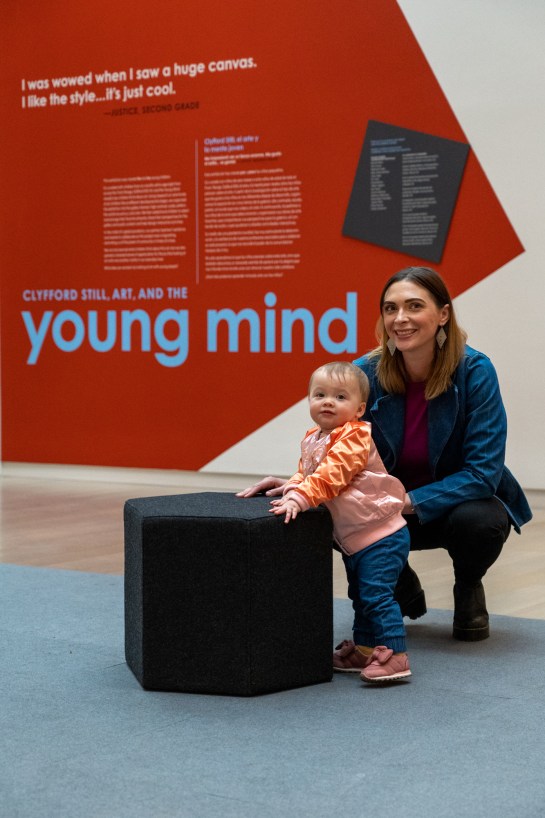
This exhibition served as the public signal of CSM’s new commitment to young children and families and prompted us to have broader discussions about our goals for making the museum a more welcoming place for early learners. We brainstormed with stakeholders from across the museum and representatives from our area’s education and early learning communities to identify how our internal goals aligned with external needs and interests.
Then, we worked with Laureen Trainer of Trainer Evaluation and clinical associate professor Dr. Lori Ryan of the University of Colorado Denver to formally evaluate Young Mind. The outcomes assessed during the evaluation align with our exhibition goals and CSM’s larger family objectives, providing rich data to support our understanding of how to carry the larger initiative forward beyond the duration of the exhibition.
We’ve outlined our approach to a few of these objectives and some of the outcomes we’ve experienced so far below (all evaluation survey data and interview responses are from Trainer Evaluation’s Clyfford Still, Art, and the Young Mind Summative Evaluation Report):
1. Identify and remove barriers to participation by families and early learners.
In our conversations with caregivers, we heard about countless concerns when it came to visiting museums with young children. The following are just a few of the most common we heard and how we decided to address them.
First, families have questions about museum rules: knowing what they are (and aren’t) and how we enforce them. To provide answers to these questions, departments across the museum—including education, curatorial, collections, security, marketing, and visitor experience—collaborated to develop clear messaging about gallery norms. Now, when children enter the museum, we invite them to be “art protectors,” empowering them to keep the collection safe. We ask them not to touch the objects and, more importantly, to make sure their adults don’t touch them either. Interpretive text in the galleries and vinyl feet placed on the floor at the desired viewing distance from a painting reinforce this message.
Caregivers also expressed that their families felt intimidated by our security team, who traditionally walked the galleries in somber gray suits, and worried about how they might interact with their children. In response, CSM’s security team changed their uniform to a more casual ensemble of pants, a button-down shirt, and a fleece vest, and started interacting with visitors differently. They now warmly greet families when they enter the galleries to initiate connection, rather than silently monitoring them from the background.
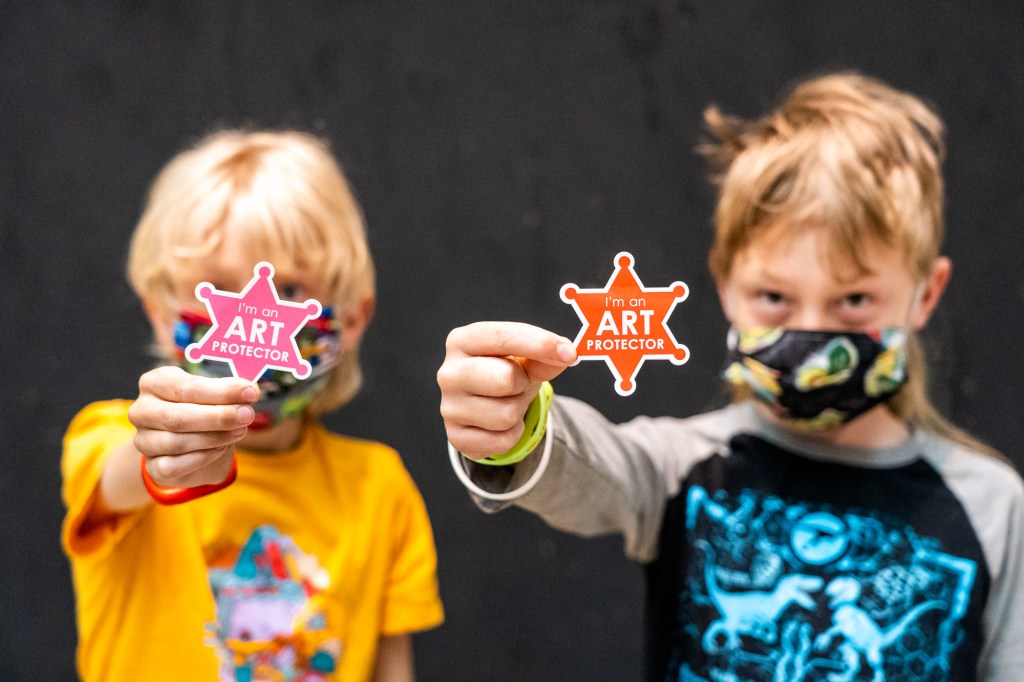
Children (and many adults) learn through touch and are curious about the textures of the objects they see. Acknowledging this, we created a tactile book so our visitors could engage their curiosity about the rich surfaces of Still’s paintings. This small book includes samples of surfaces that families will see in our galleries (including raw, sized, and painted canvas) as well as a textured collage created with colored sandpaper, felt, and crushed velvet inspired by a detail of one of Still’s paintings.
Finally, caregivers in our community expressed a lack of meaningful activities available in the area for their very young children. To help fill that gap, in March 2022 CSM launched Art Crawl, a twice-monthly program for infants up to fourteen months old and their caregivers. The program introduces talking tips for engaging with your baby and art and fosters community-building amongst participants. During the six-month run of Young Mind, all twelve sessions of Art Crawl sold out, reinforcing the scarcity of programs for infants and caregivers’ desire to connect. Thanks to multi-year funding from PNC Bank, we are now opening an additional session for Art Crawl each month.
Though we still have more participation barriers to address, we are proud to report that Clyfford Still, Art, and the Young Mind had 32.7 percent higher overall attendance and 157 percent higher attendance by visitors ages seventeen and younger compared to CSM’s previous exhibition.
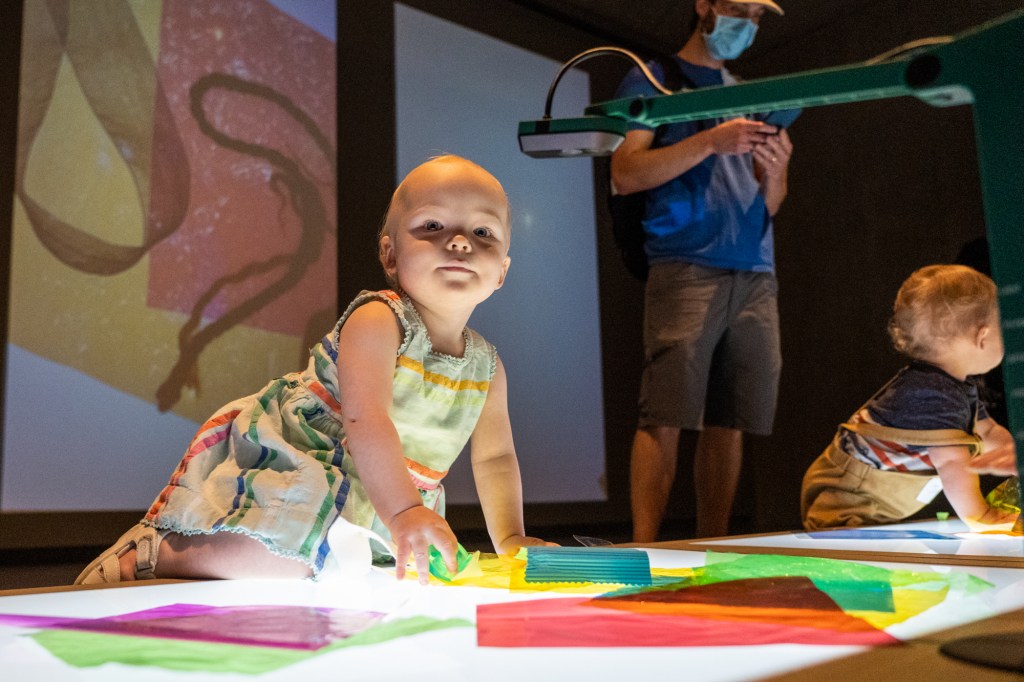
2. Shift perceptions about CSM, young children, and what it means to be an expert.
Many of our goals for Young Mind centered around shifting perceptions. We hoped to change community perspectives about our museum, broaden the understanding and appreciation of young children as capable collaborators, and break down people’s fears of engaging with abstraction.
First, to demonstrate to our community that CSM is a family-friendly institution and welcoming to all, we collaboratively designed Young Mind with children so that it would be interactive, play-based, and appealing to people of all ages. This development approach really paid off. Evaluation data shows that seeing Young Mind increased visitors’ belief that children belong in modern and contemporary art museums by 17 percent, supported by responses like this:
“When I heard they had an exhibit curated by and geared toward kiddos, I thought this would be a perfect time to introduce her to the world of museums and see what they had. After one visit, we’ve decided to become members.”
We wanted to challenge the idea that you need specialized expertise to meaningfully engage with abstraction and expand adults’ appreciation for what young children teach us. To do this, we integrated photos and videos of our young curators from the exhibition development process in the gallery design to show their contributions and palpable interest in our collection. We also centered children’s voices in our interpretive strategy, leading every gallery text element with a child’s perspective and making our audio experience completely child-led.

This helped children (literally) see themselves in the museum and modeled their intuitive understanding of Still’s work to adults who feel uncomfortable engaging with abstract art (If comments about megalodons and hungry scary monsters are ok, then so are my perspectives!). We saw this play out brilliantly in evaluation:
Forty percent of visitors who saw Young Mind without children stated that the children’s perspectives made them more confident in their own interpretations of objects.
Sixty-eight percent of visitors who saw Young Mind without children stated that the children’s perspectives enhanced their viewing experience.
After seeing the power of the co-curator’s responses, we extended this philosophy to our collections practices by adding all the children’s perspectives about objects to our CMS as “critical responses” alongside those of scholars, critics, and curators so we can continue to draw from them for future projects.
3. Use our findings from Clyfford Still, Art, and the Young Mind to launch a long-term commitment to early learners.
Though it’s only the first part of what will be a long-term initiative, this exhibition has already transformed the museum. Now, we’re focusing our work on sustaining Young Mind’s spirit of joy and learning as we enter the initiative’s next phase. Here’s what we’re thinking about as we move forward:
- How can we maintain relationships built during the exhibition and create infrastructures to support continued family engagement at CSM? Current tactics include:
- Collaboratively reimagining our partnerships to continue our work with the schools, universities, and families who informed our work
- Expanding our school programming to include kindergarten through third grade
- Carrying products for children in CSM’s shop
- Continuously working to address internal negative perceptions of young children in museums through professional development and open communication
- What are practical ways to continue prioritizing early learners and families in future exhibition development and curatorial practices? Current commitments informed by Trainer’s evaluation data include:
- Lowering our standard object hang height for all installations to between fifty-five to fifty-seven inches
- Brainstorming ways to integrate graphic labels without words into our exhibition design
- Reducing word count for all labels to between fifty and 120 words, depending on label type
- Including children’s perspectives in our exhibition interpretation and audio experiences, wherever possible
We’ve learned countless ways to approach co-creating a welcoming museum for families, and feel empowered to help steward the next generation of museum-goers. We owe it to community members like Caitlin, who says, “I love museums. I just think they’re such special places. And I think that we need to keep them and protect them and find ways to bring this next generation in as well.”
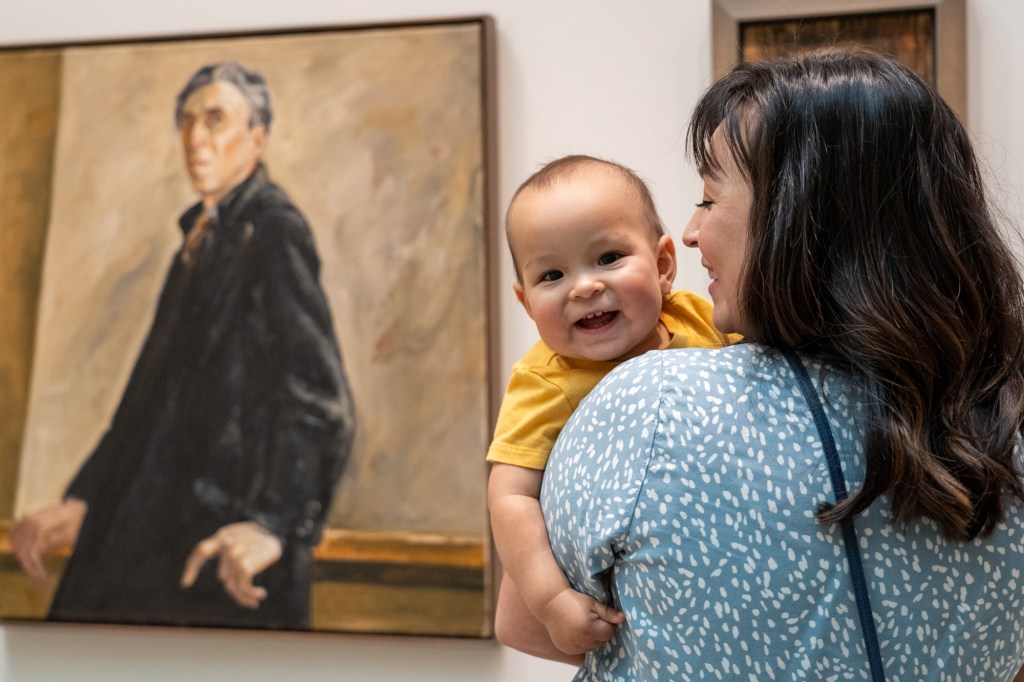
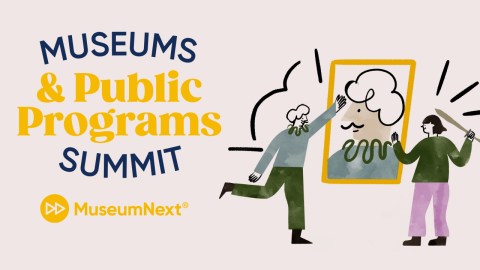

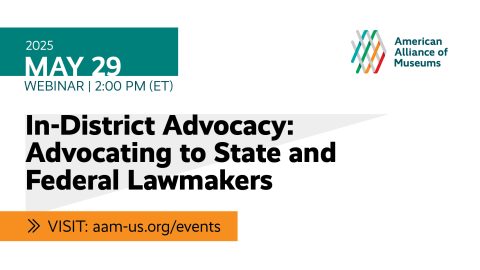
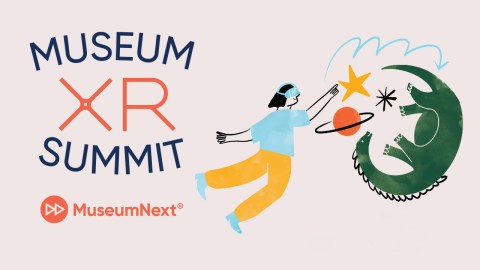
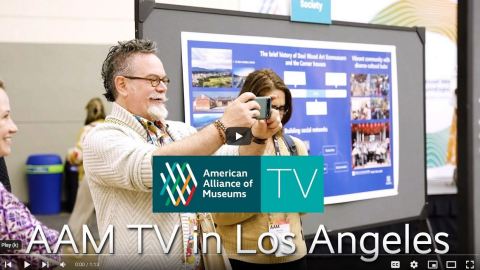



In concept, welcoming young visitors is important. Designating children’s hours would be an equitable way to create balance. There are many visitors who seek a more contemplative environment in which to explore the galleries and experience the art. Additionally, museums would do well to create better limits on headcount. The crowds at exhibitions have a way of discouraging would-be visitors. Case in point: I stayed barely 10 minutes at the Matisse here at PMA because the gallery was so crowded. Perhaps it might be better to designate special time slots for families, and limit the number of people per hour instead of cramming to maximum capacity.
Thank you for sharing your perspective! This project taught us that CSM and other museums have much to gain from young children because we learned so much about our collection, space, and role in the community. We discovered their presence improved the visitor experience for everyone, not just for other children and their families.
The exhibition’s evaluation,https://stillmuseum.wpenginepowered.com/wp-content/uploads/2022/12/Young_Mind_Summative_Evaluation_Report_Trainer_Evaluation.pdf, shows that including children (both their physical presence in the space and their voices highlighted in the show’s interpretation) enhanced the majority of adult visitors’ experiences, whether they attended with children or not.
As a professional museum educator and mother of young children, I could not love this more. Well done!
As an early childhood educator now working in higher education, I’m so grateful for your work with young children and their families.
Perhaps a future alignment might include specific vocabulary and concepts related to the selected pieces. Children can learn the names of media and approaches used by the artist, rich language that includes color names and moods evoked by the installations.
They may also appreciate short biographical information about the artist and how they learned their craft.
These early years before children begin their formal education in kindergarten can be thought of as “equalizer” years. The more high quality learning opportunities extended to ALL children regardless of residential zip code, the greater their preparedness for a successful academic career. Perhaps these items may become long-term ‘outcomes’ measured in subsequent program evaluations you conduct.
Thanks for sharing your great work!